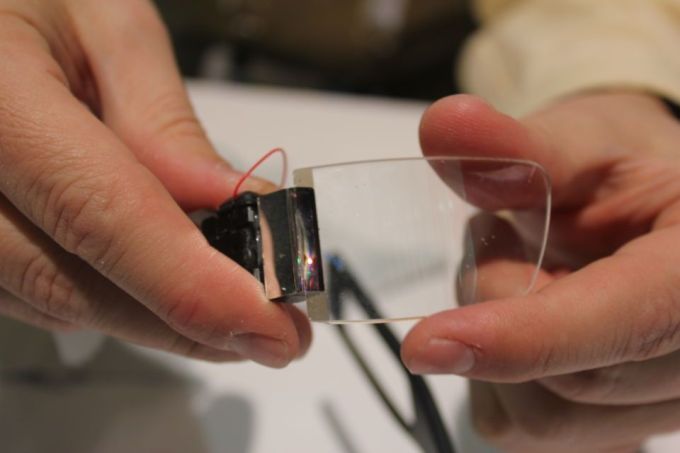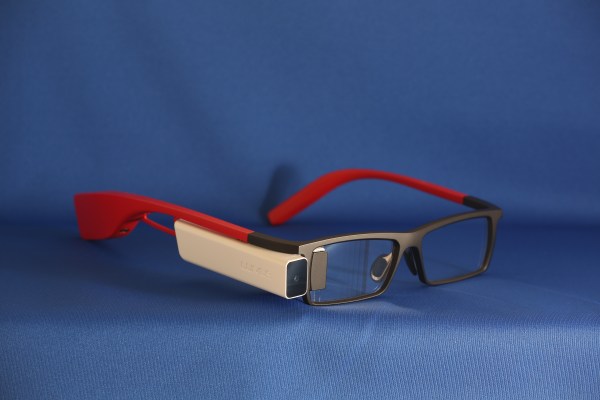Like many startups that have been in the AR space for more than a couple years, Lumus got its start building tech for the military where its optics technology was integrated into the helmets of Air Force fighter pilots.
Today, the Tel Aviv-based AR display company is beginning to shift its attention towards consumer and enterprise customers as it places a major bet on smart glasses devices representing the next major computing wave.
Lumus announced today that they have raised an additional $30 million in funding from investors including HTC and Taiwanese electronics manufacturer Quanta Computer. Lumus raised $15 million this past June in a bout of funding led by private investment firm Shanda Group and Crystal-Optech, a Chinese optical imaging company. Lumus is bundling these two major investments into a sizable $45 million Series C round.
The investment is certainly an interesting one for HTC which has sought to position itself as a major power in the virtual reality space with its Vive headset and related efforts. “Our current investment is aligned with HTC’s natural extension into augmented reality following our successful Vive launch earlier this year,” David Chang, COO of HTC said in a statement.
Lumus has been around since 2000, which all-of-a-sudden seems like a very long time ago. Since its inception the company has spent a great deal of efforts researching novel ways to produce AR display technologies that hit all of the right points. After a decade-and-a-half of R&D, the company has devoted most of its efforts toward a technology called waveguide displays which allows light to be projected across a transparent display from the edge.

The company’s DK-50 standalone developer kit currently sports a display with a field-of-view of around 40 degrees, a bit larger than that of Microsoft’s current HoloLens build. Lumus CEO Ben Weinberger tells me the company is planning to debut a prototype with a roughly 50% larger field-of-view than the DK-50 at CES next month.
These developer kits are as far as the company wishes to move into headset designing, Lumus wants its products to be integrated into a variety of AR headsets across manufacturers. Headset makers like Daqri and Atheer are using the company’s optical tech to power their enterprise-geared smart glasses. Weinberger tells me the company is shipping about 1000+ units each month to its customers.
The real challenge for AR display manufacturers is miniaturization. Tiny form factor needs are requiring companies like Lumus to be aggressive when it comes to thinking small. Lumus already has a concept design video for what it hopes its AR display technology will look like three years from now.
This latest investment gives Lumus the opportunity to continue to hire aggressively as they continue to pump money into R&D. The company has doubled their staff to 100 in the past year and is looking to continue growing rapidly as it strives to keep pace with companies like Magic Leap and Microsoft that are making waves in the augmented reality space.
